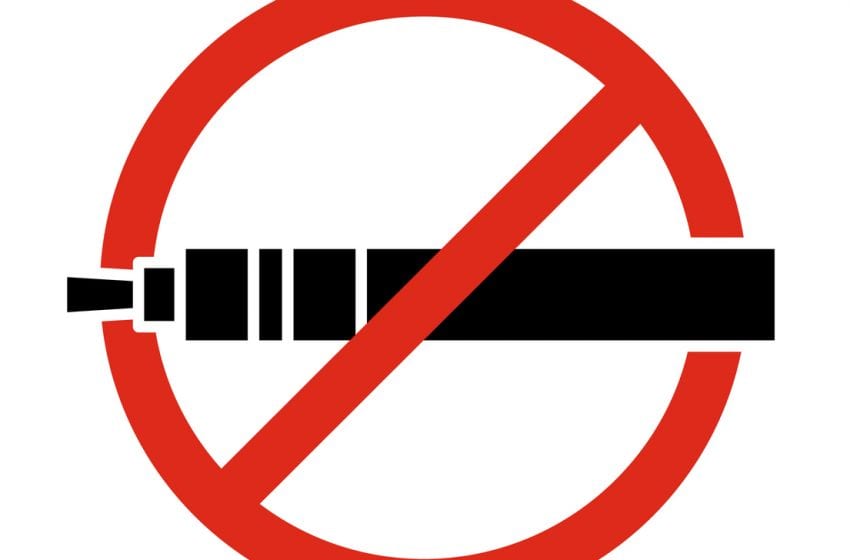The Mysuru City administration in the Indian state of Karnataka is aiming to make the city tobacco- and tobacco-smoking-free by ensuring its compliance with the Cigarettes and Other Tobacco Products Act (COTPA) 2003, according to a story in the latest issue of the BBM Bommidala Group newsletter.
The authorities aim to enforce strictly COTPA regulations in respect of public transport, educational institutions and public places in general.
The story said that the sale of tobacco products was to be banned within 100 years of educational establishments, and that public venues would have to display prominently ‘no smoking’ signage. It wasn’t clear whether these were new requirements or, more likely, COTPA requirements that were going to be enforced.
In addition, restaurants and bars have been directed to remove designated smoking zones on their premises.
All the administration’s departments and the police were being urged actively to enforce the tobacco control laws.
There was no explanation of why the administration had decided to enforce the COTPA regulations at this time, after, presumably, they had previously not bothered to do so.
It was not stated when the city was scheduled to become tobacco- and tobacco-smoking-free.







